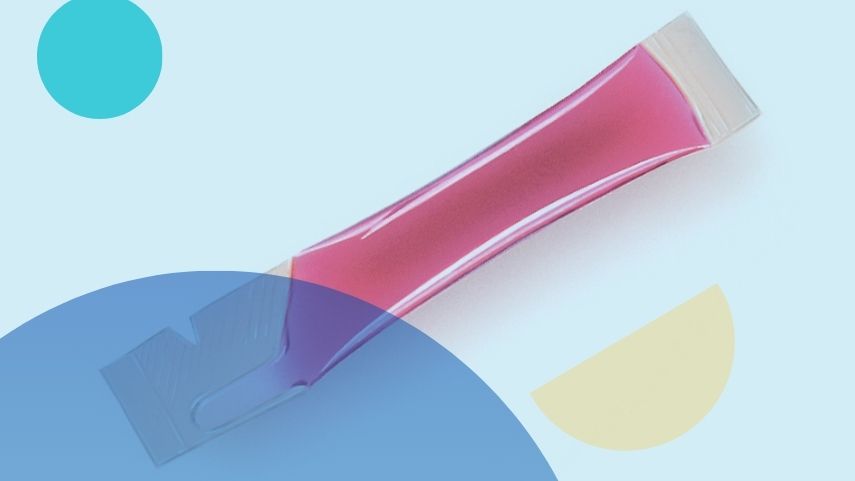
Challenge: Finding Compact, Travel-friendly, and Sustainable Personal Care Product Packaging
A leading personal care brand identified a rising demand for compact, travel-friendly, and sustainable packaging, particularly in its mouthwash category, where products require sterility.
Consumers wanted convenience without compromising on eco-consciousness. However, the market was already saturated with conventional bottles and jars, making it difficult for the brand to differentiate itself while staying aligned with sustainability goals.
Research Strategy: Finding Packaging Solutions From Other Industries
To break away from standard packaging norms, the team explored inspiration beyond the personal care industry. Pharmaceutical packaging was studied in detail, where designs are inherently compact, sterile, and often tailored for single-use convenience.
Pharma’s stringent quality and safety standards offered valuable insights that could be adapted to personal care products while maintaining consumer appeal.
Outcome: Pharma-Inspired Unit Dose Packaging
The detailed analysis of emerging pharma product packaging revealed a key solution. The team found a pharma-inspired unit dose packaging from Unitpack. Its design was sterile, compact, and met OTCO certification standards, aligning well with the client’s sustainability objectives.

FDA-registered and CGMP-compliant, the packaging uses high-barrier films to ensure product stability and safety. With quick changeover capability, it supports both small and large production runs, delivering millions of units annually across oral and topical applications.
Since the visual appearance of personal care products has a significant influence on people, it was necessary to check whether this solution would resonate with consumers.
For this purpose, a brief internal consumer survey was conducted within the GreyB organization, involving over 500 people. It provided insights into how the packaging would be perceived, particularly in markets like India.
Research Process: How Did GreyB Help?
Define the Research Scope
The research begins by defining the problem statement and clarifying the key packaging requirements—safety, usability, sustainability, and compliance—so the scope is precise and aligned with both consumer expectations and regulatory standards.
The approach intentionally looks beyond the immediate sector because innovative solutions frequently emerge from adjacent or even distant industries, which expands the solution space in meaningful ways.
With these parameters established, the search strategically extends into pharmaceuticals, electronics, and food and beverage (F&B) to scout relevant concepts and technologies that may be adapted to the problem at hand.
Cross-Industry Research
Next, the team conducts in-depth cross-industry research to gather actionable insights from multiple evidence streams, including patent analysis for new designs and materials, industry reports for technology and market trends, competitive intelligence to track how others address similar challenges, and consumer feedback to gauge needs and validate solution viability.
This blended approach ensures the idea set is broad, problem-driven, and unconstrained by industry boundaries, improving the odds of finding both novel and implementable directions.
Evaluating Feasibility and Applicability
After identifying potential solutions, the team conducted a comprehensive feasibility assessment to ensure the practicality and scalability of these solutions. Each solution was evaluated based on:
- Material properties: sustainability and compliance with safety standards.
- Manufacturing compatibility: ease of integration into existing production systems.
- Cost-effectiveness: potential for large-scale adoption.
- Regulatory alignment: adherence to industry and regional compliance requirements.
This evaluation process ensured that only viable and adaptable solutions progressed to the next stage.
Finding Key Suppliers
Finally, the research team identifies the right partners and suppliers to translate promising concepts into operational solutions, beginning with supplier research to find vendors with the required technical expertise.
The team conducts direct vendor outreach for validation, customization, and feasibility checks, and explores collaborations that enable seamless integration into the client’s operations. This value-added step ensures implementation pathways are clear, efficient, and cost-effective, accelerating the transition from concept to execution.
Schedule a Consultation With Our Experts Today
Get in touch by filling out the form below










